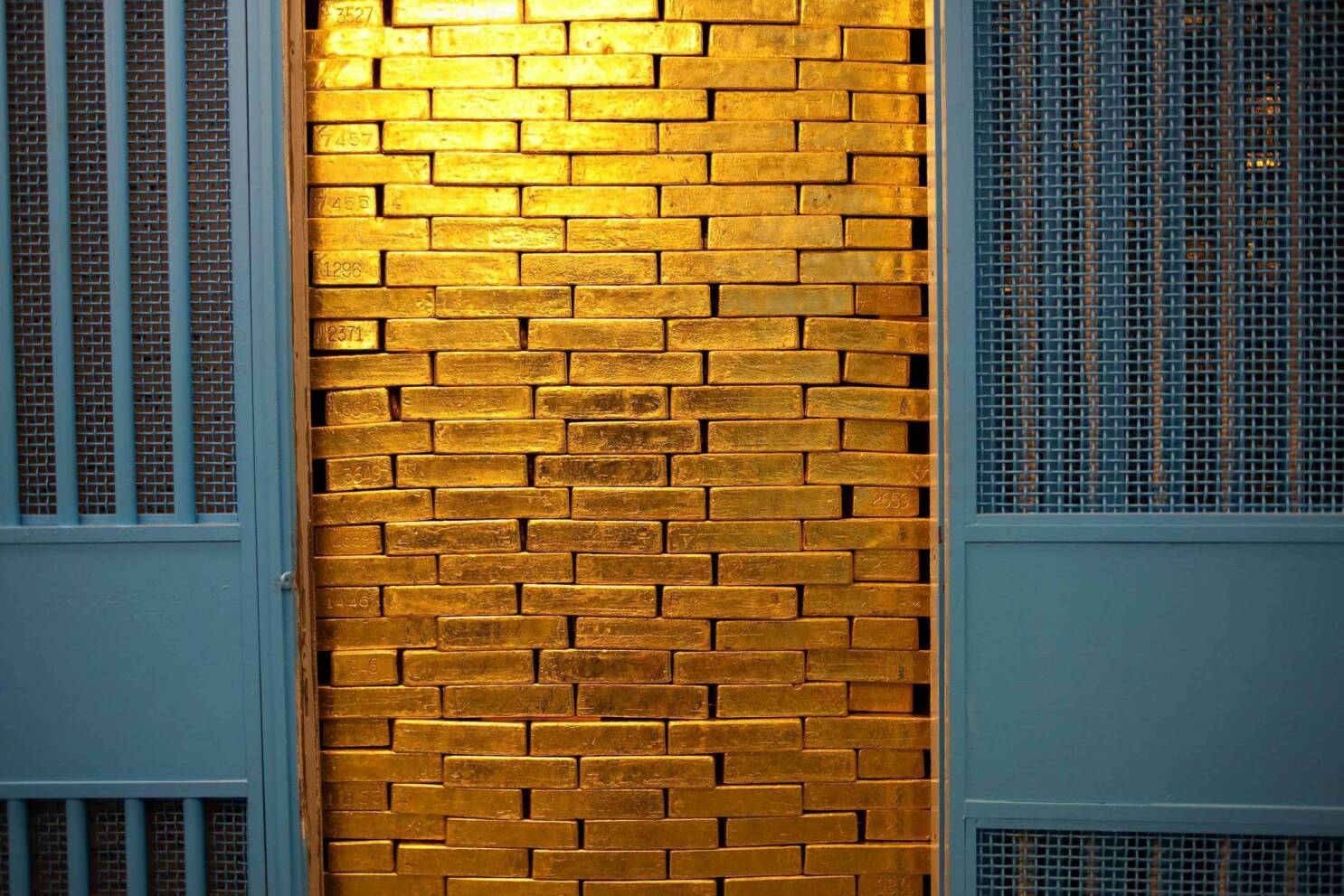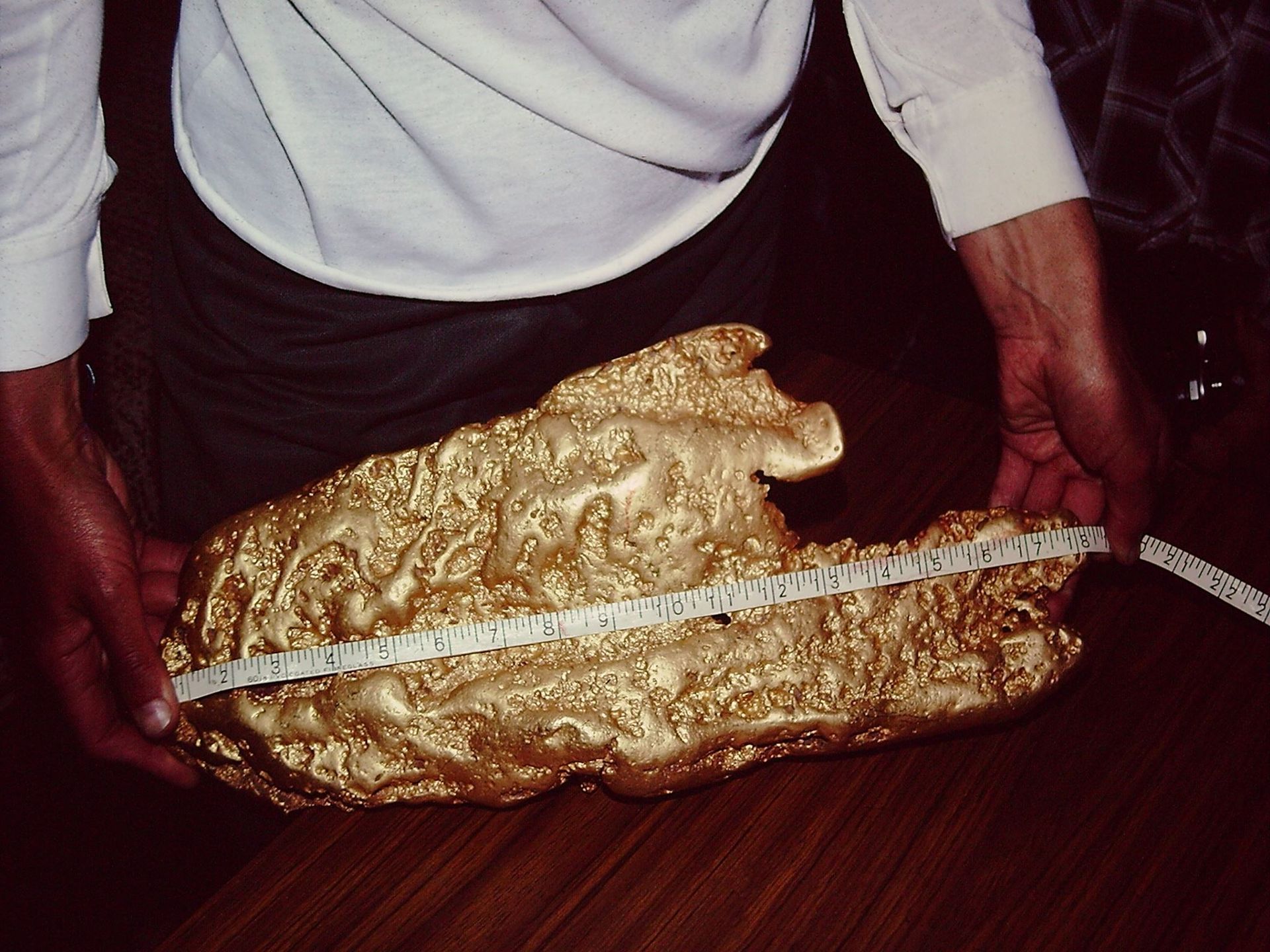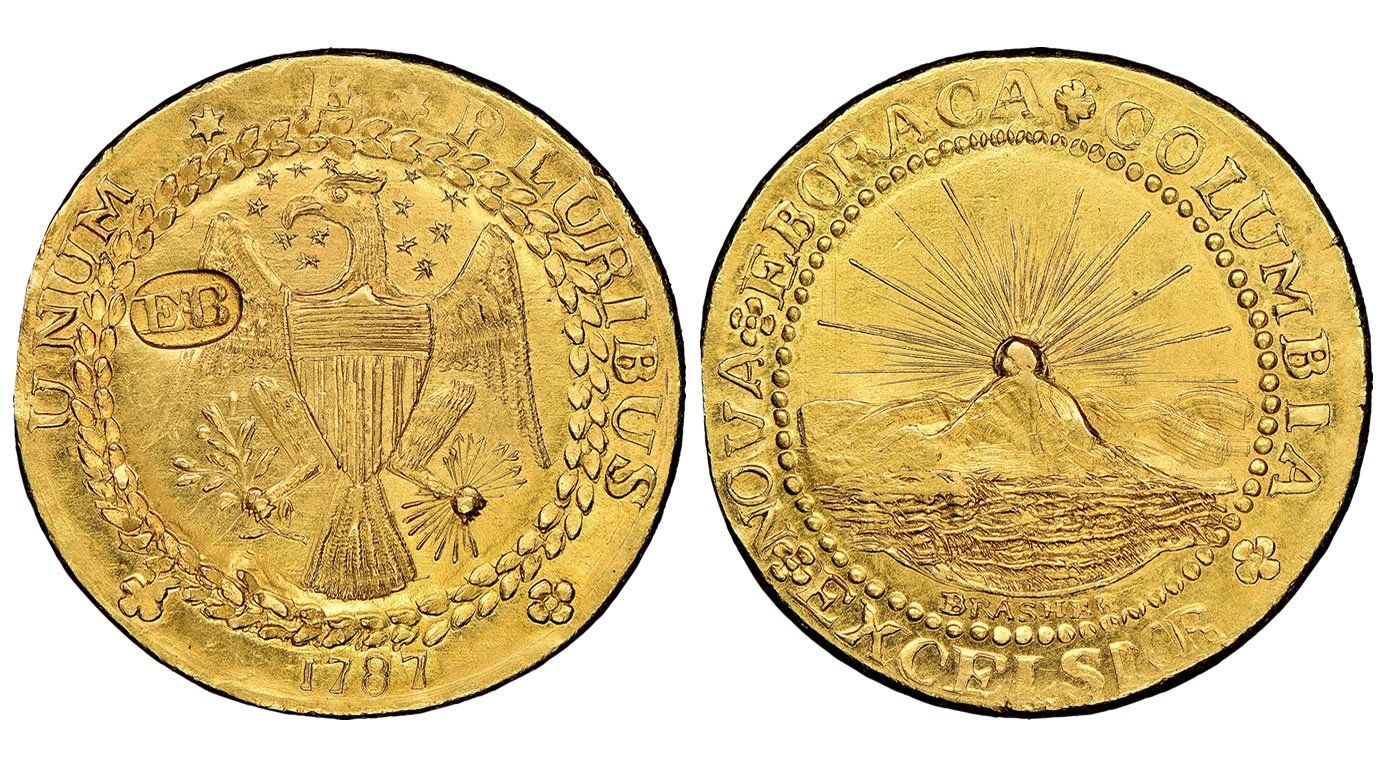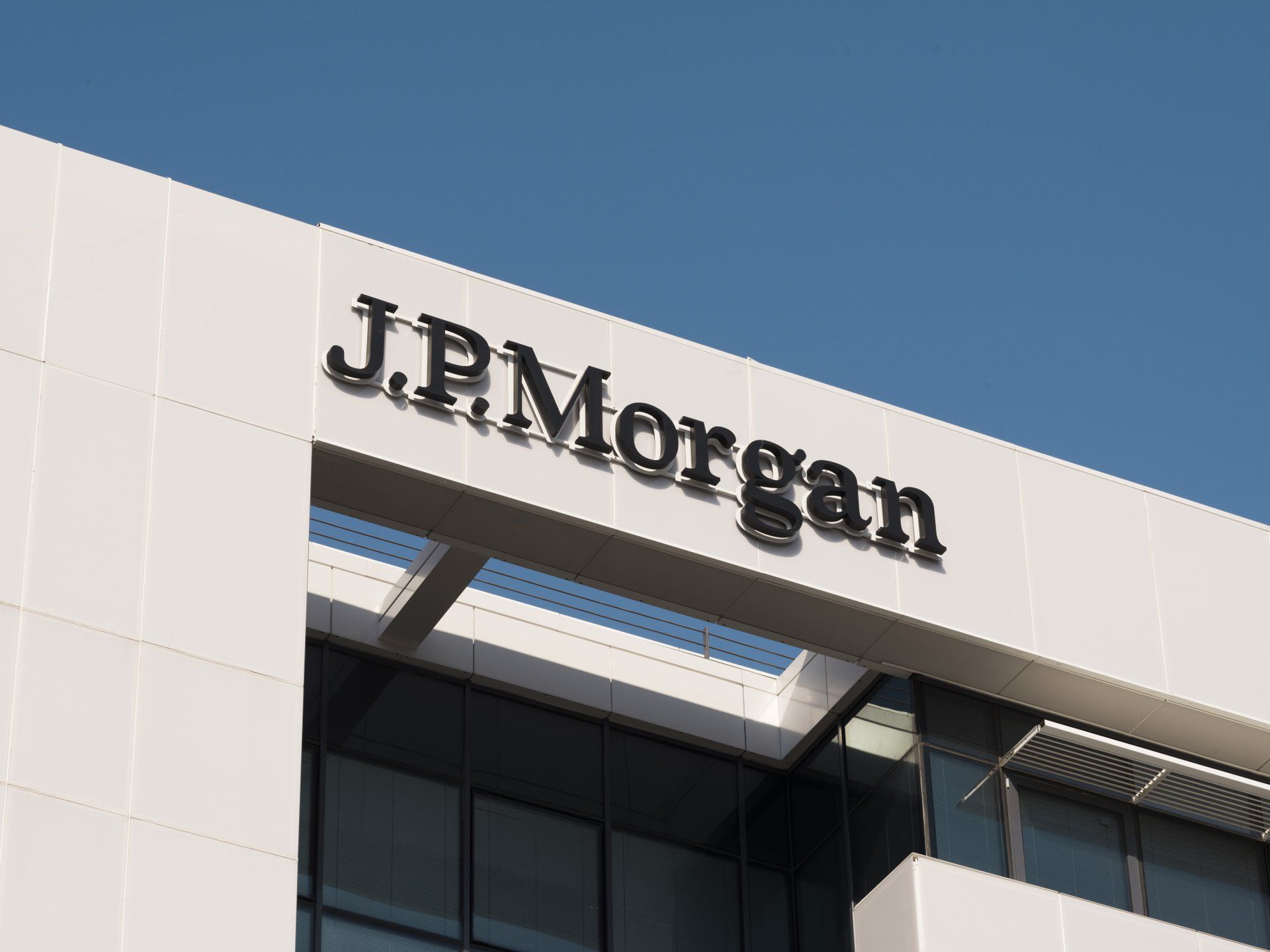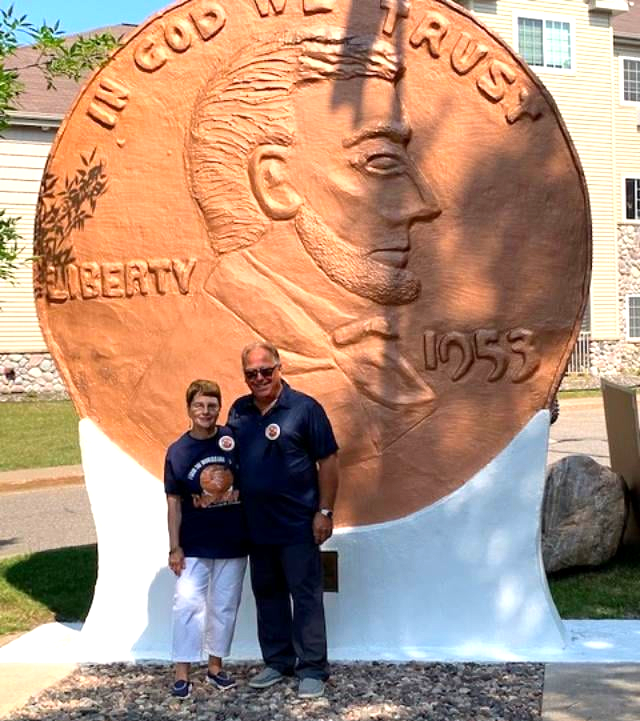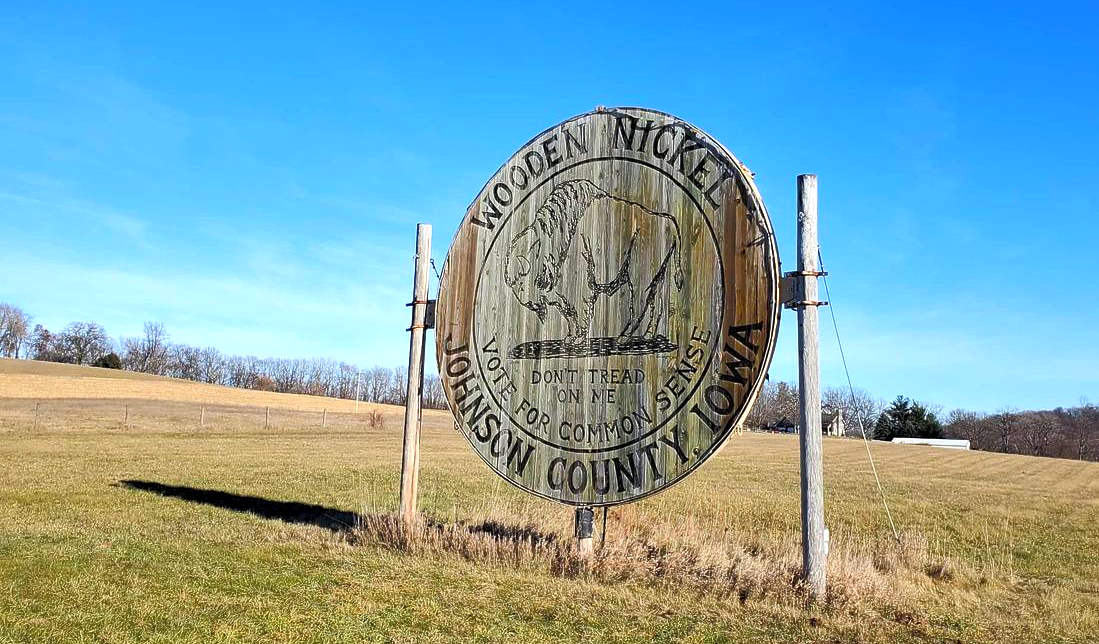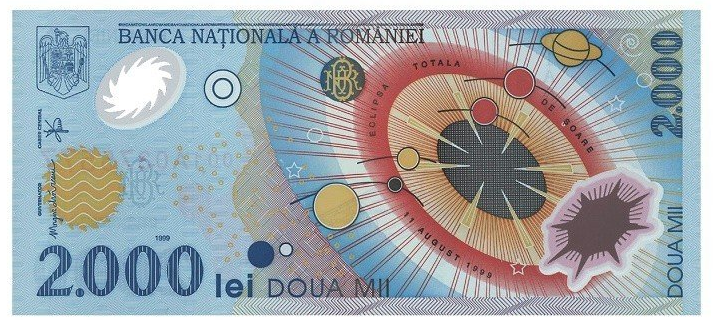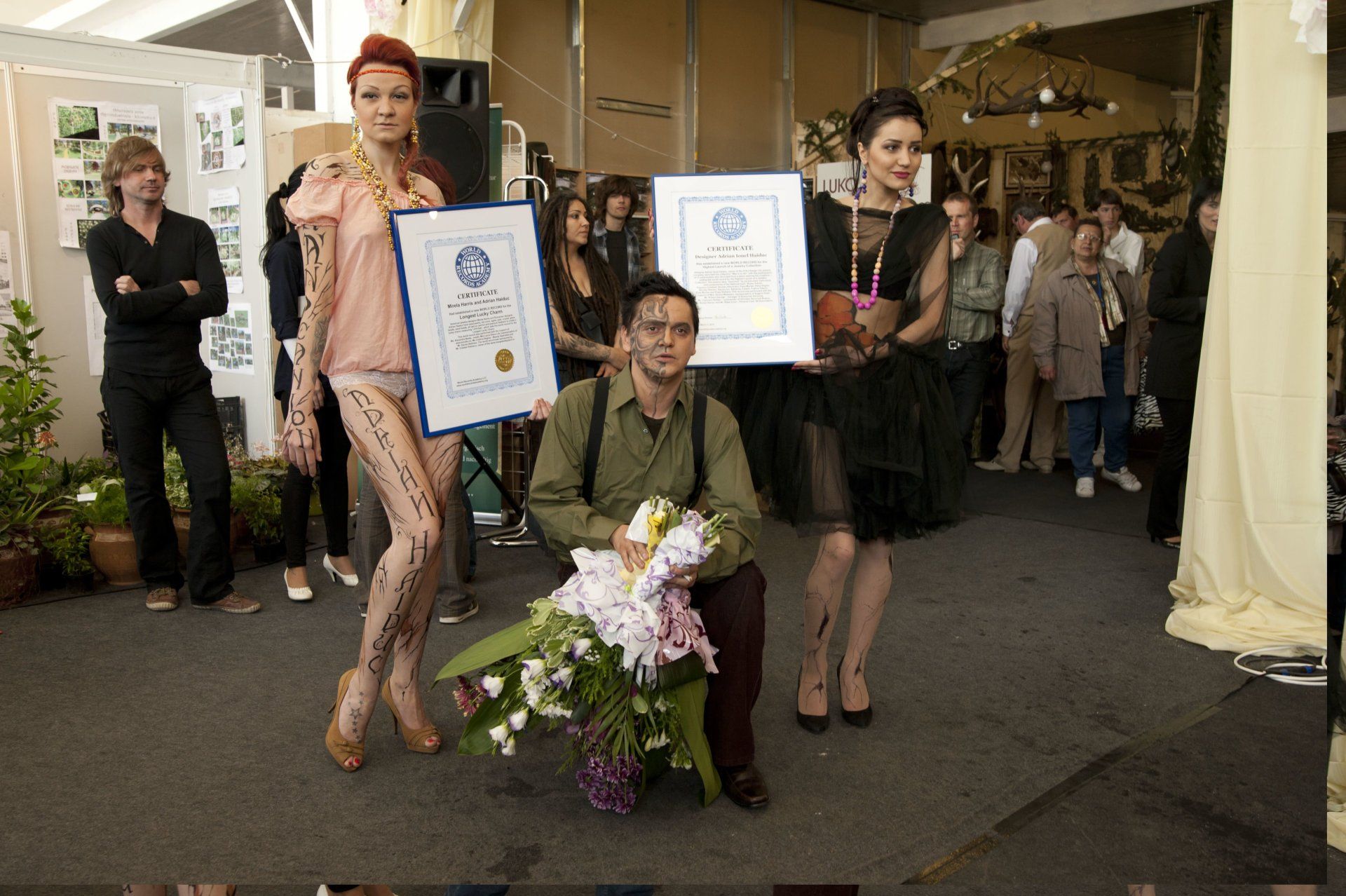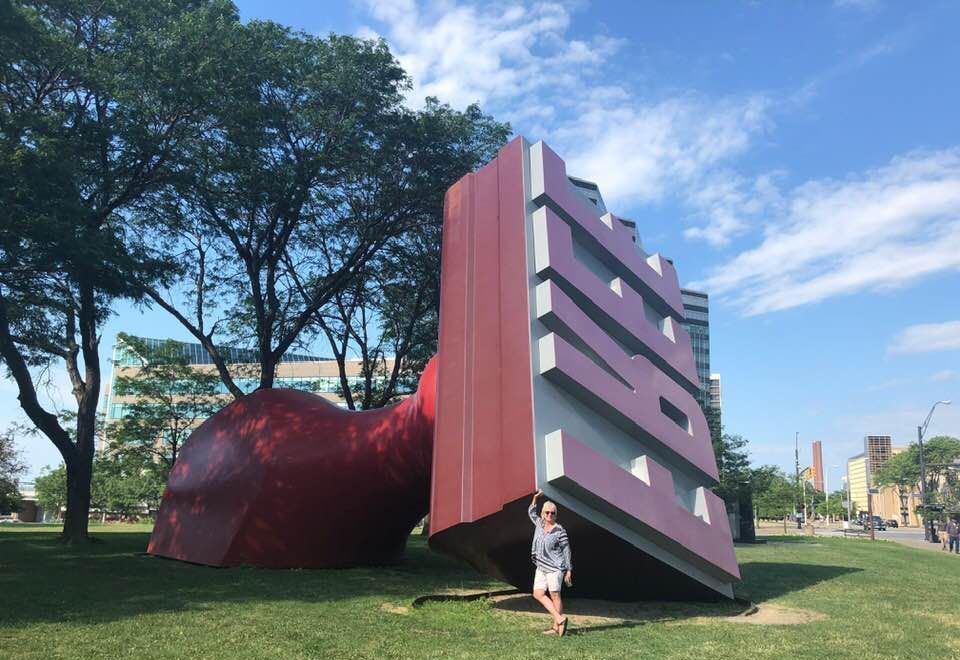World's Most Secure Vault: world record in Fort Knox, Kentucky
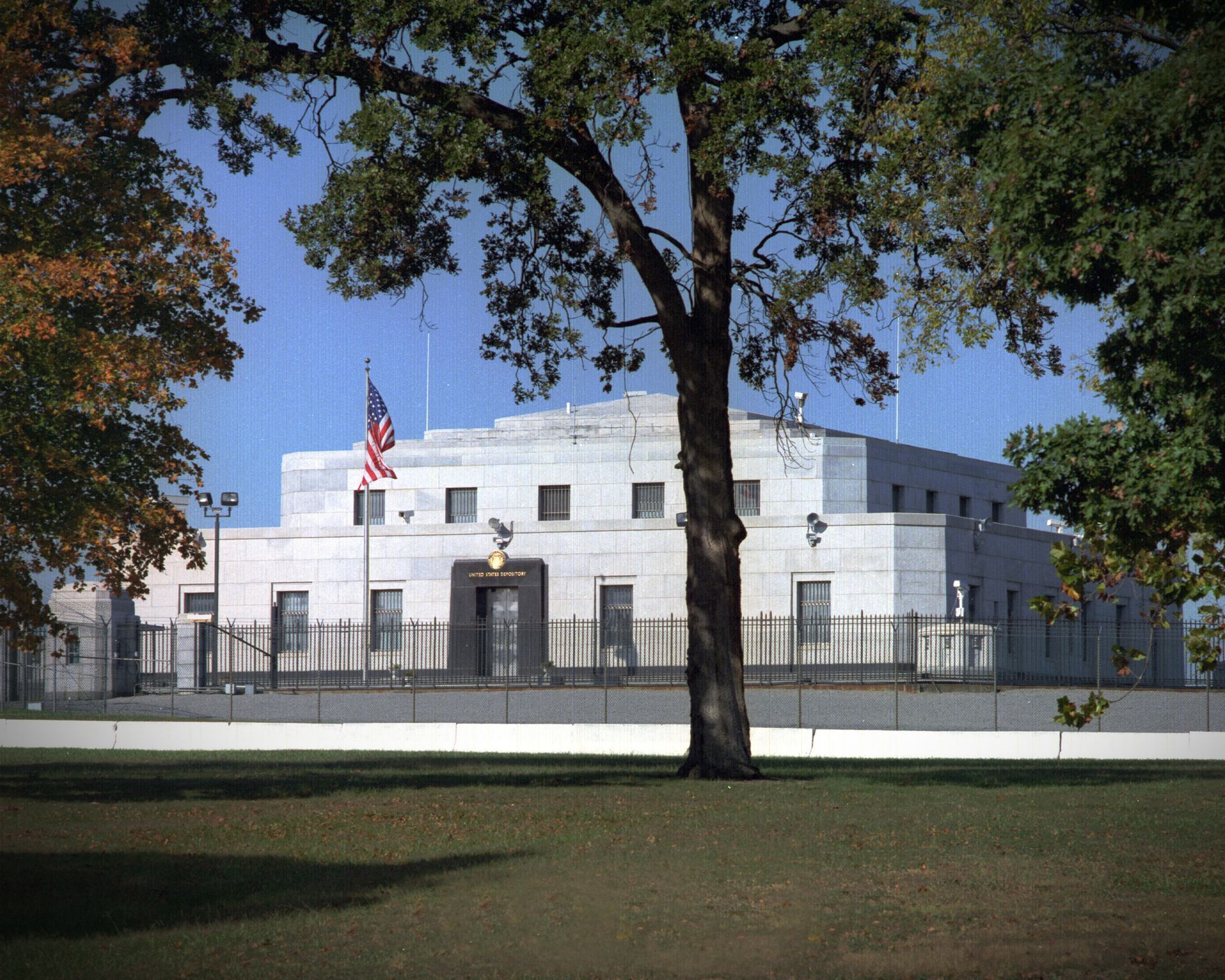
Fort Knox, Kentucky, United States--The United States Bullion Depository, often known as Fort Knox, a fortified vault building adjacent to the Fort Knox Army Post, it is operated by the United States Department of the Treasury, and stores over half the country's gold reserves; safeguarding 147 million troy ounces of gold for the United States, it is protected by the United States Mint Police, and sets the world record for being the World's Most Secure Vault, according to the WORLD RECORD ACADEMY.
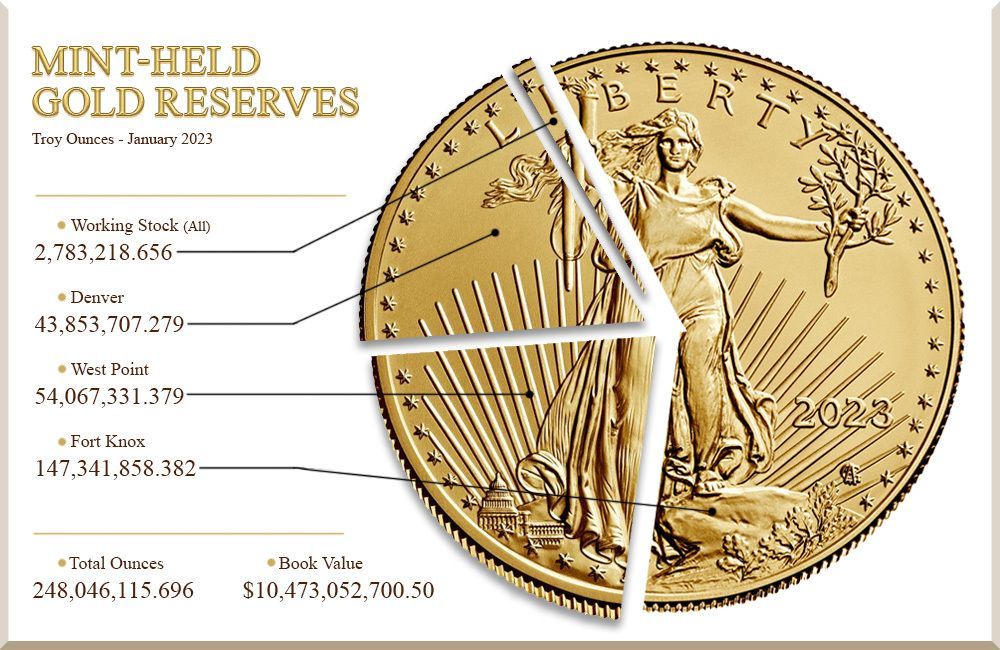
"The United States Bullion Depository, often known as Fort Knox, is a fortified vault building adjacent to the Fort Knox Army Post. It is operated by the United States Department of the Treasury, and stores over half the country's gold reserves. It is protected by the United States Mint Police, and is well known for its physical security," the
Wikipedia says.
"The depository was built by the Treasury in 1936 on land transferred to it from Fort Knox. Early shipments of gold totaling almost 13,000 metric tons were escorted by combat cars of the 1st U.S. Cavalry Regiment to the depository. It has in the past safeguarded other precious items, such as the original copies of both the Constitution of the United States and the United States Declaration of Independence.
"Fort Knox is a United States Army installation in Kentucky, south of Louisville and north of Elizabethtown. It is adjacent to the United States Bullion Depository, which is used to house a large portion of the United States' official gold reserves, and with which it is often conflated. The 109,000-acre (170 sq mi; 440 km2) base covers parts of Bullitt, Hardin and Meade counties."
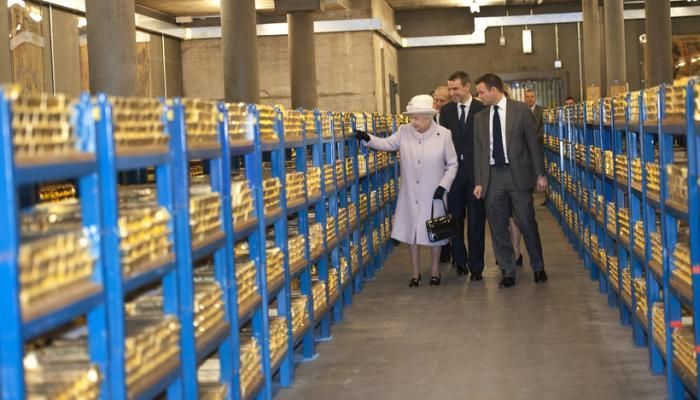
"Fort Knox is probably the most secure bank vault in the world. We can find the US Bullion Depository in Kentucky on the north of Elizabethtown and the south of Louisville. They named it after Henry Knox, the first secretary of war for the United States and the Chief of Artillery during the American Revolutionary War," the
Facts.net says.
"You might wonder how secure is Fort Knox, but the answer can’t truly be specified. This is because there are no accurate details on the specific measures taken inside and outside. There are only two confirmed methods regarding Fort Knox security: that a steel fence covers it and that walls were built to last modern warfare.
"There’s a good reason for the strict safety measures inside Fort Knox. A gold vault may sound quite normal to you, but Fort Knox takes it up a notch by safeguarding 147 million troy ounces of gold for the United States. As a result, the official name of Fort Knox Bullion Depository is the United States Bullion Depository. Other people call it the Fort Knox Gold Depository as well. Aside from holding a large sum of a country’s money, it also keeps the original Declaration of Independence, the United States’ constitution, and the Bill of Rights during the World War."
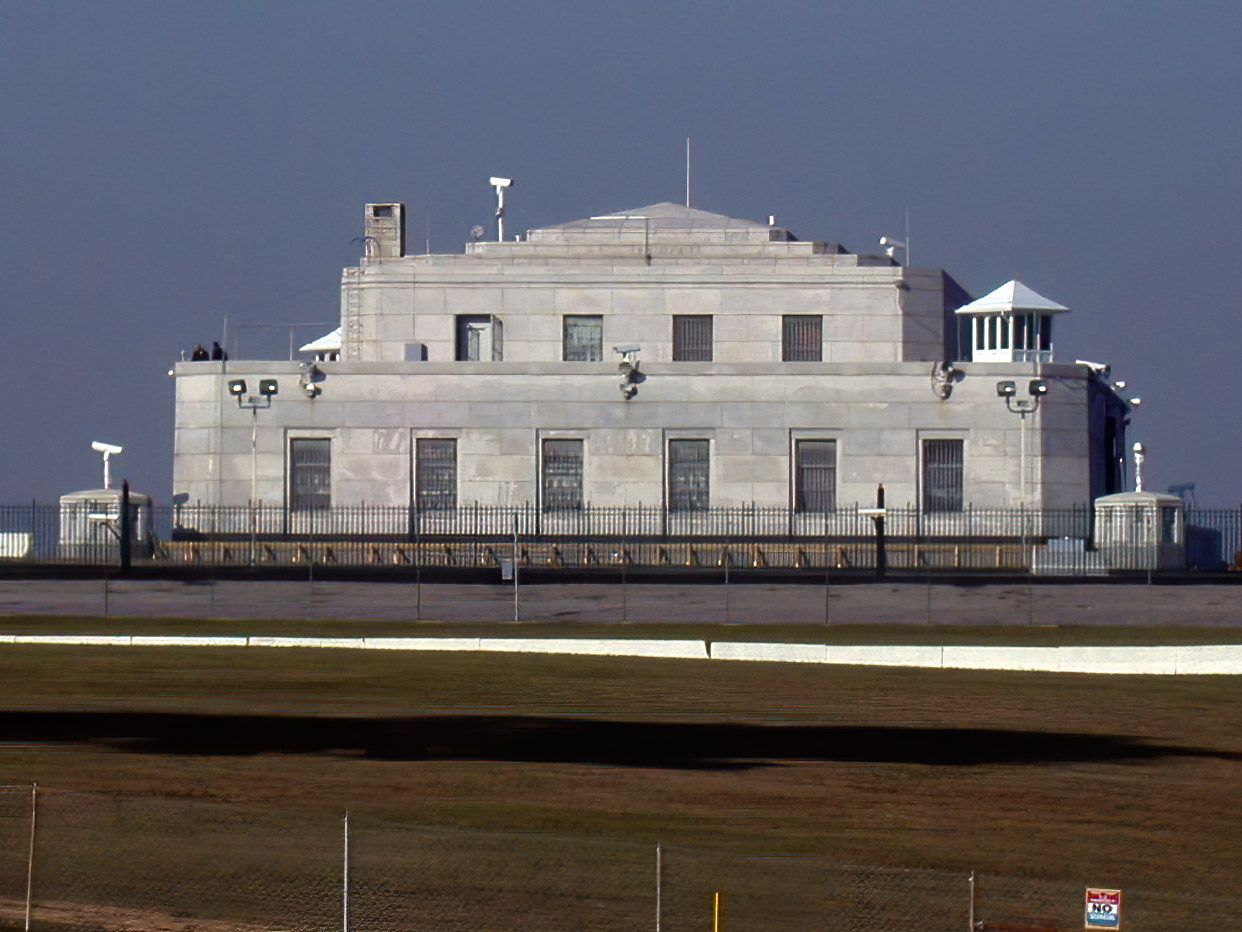
"The United States Bullion Depository, often known as Fort Knox, is a fortified vault building located next to the United States Army post of Fort Knox, Kentucky. It is operated by the United States Department of the Treasury. The vault is used to store a large portion of the United States' gold reserves as well as other precious items belonging to or in custody of the federal government. It currently holds roughly 147 million troy ounces (4,580 metric tons) of gold bullion, a little over half the total gold presently held by the Federal government. The United States Mint Police protects the depository," the
Wikipedia says.
"The Treasury built the depository in 1936 on land transferred to it from the military. Its purpose was to house gold then stored in New York City and Philadelphia, in keeping with a strategy to move gold reserves away from coastal cities to areas less vulnerable to foreign military attack. The first set of gold shipments to the depository occurred during the first half of 1937. A second set was completed in 1941. These shipments, overseen by the United States Post Office Department, totaled roughly 417 million troy ounces (12,960 metric tons), almost two-thirds of the total gold reserves of the United States.
"During World War II the signed original Constitution of the United States, Declaration of Independence, Articles of Confederation, Lincoln's Second Inaugural Address and drafts of Lincoln's Gettysburg Address were stored in its vault for protection, as was a Gutenberg Bible and an exemplified copy of Magna Carta. After the war, the depository held the Crown of St. Stephen as well as stockpiles of opium and morphine. Today it is known to hold ten 1933 Double Eagle gold coins, a 1974-D aluminum penny, and twelve gold (22-karat) Sacagawea dollar coins that flew on the Space Shuttle Columbia, specifically STS-93 in 1999.
"The depository is a secure facility. Between its fenced perimeter and granite-lined concrete structure lie rings of razor wire. The grounds are monitored by high-resolution night vision video cameras and microphones. The subterranean vault is made of steel plates, I-beams and cylinders encased in concrete. Its torch-and-drill resistant door is 21 inches (53 cm) thick and weighs 20 short tons (18 metric tons). The vault door is set on a 100-hour time lock, and can only be opened by members of the depository staff who must dial separate combinations. Visitors are not allowed inside. It is so secure that the term "as safe as Fort Knox" has become a cliché for safety and security."
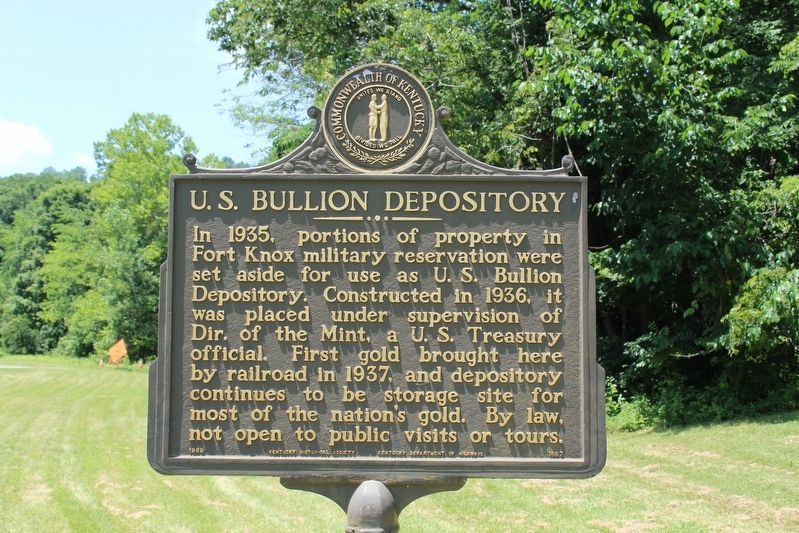
"The Depository was completed in December 1936 at a cost of $560,000. Building materials used included 16,000 cubic feet of granite, 4,200 cubic yards of concrete, 750 tons of reinforcing steel, and 670 tons of structural steel. It is located approximately 30 miles southwest of Louisville, Kentucky, on a site which was formerly a part of the Fort Knox military reservation. The first gold was moved to the Depository by railroad in January 1937. That series of shipments was completed in June 1937," the GlobalSecurity.org says.
"The two-story basement and attic building is constructed of granite, steel and concrete. Its exterior dimensions measure 105 feet by 121 feet. Its height is 42 feet above ground level. The building's construction was supervised by the Procurement Division of the Treasury Department, now the Public Buildings Administration of the General Services Administration. Upon its completion, the Depository was placed under the jurisdiction of the Director of the United States Mint.
"Within the building is a two level steel and concrete vault that is divided into compartments. The vault door weighs more than 20 tons. No one person is entrusted with the combination. Various members of the Depository staff must dial separate combinations known only to them. The vault casing is constructed of steel plates, steel I-beams and steel cylinders laced with hoop bands and encased in concrete. The vault roof is of similar construction and is independent of the Depository roof. Between the corridor encircling the vault and the outer wall of the building is space used for offices and storerooms. The outer wall of the Depository is constructed of granite lined with concrete. Construction materials used on the building included 16,500 cubic feet of granite, 4,200 cubic yards of concrete, 750 tons of reinforcing steel and 670 tons of structural steel."
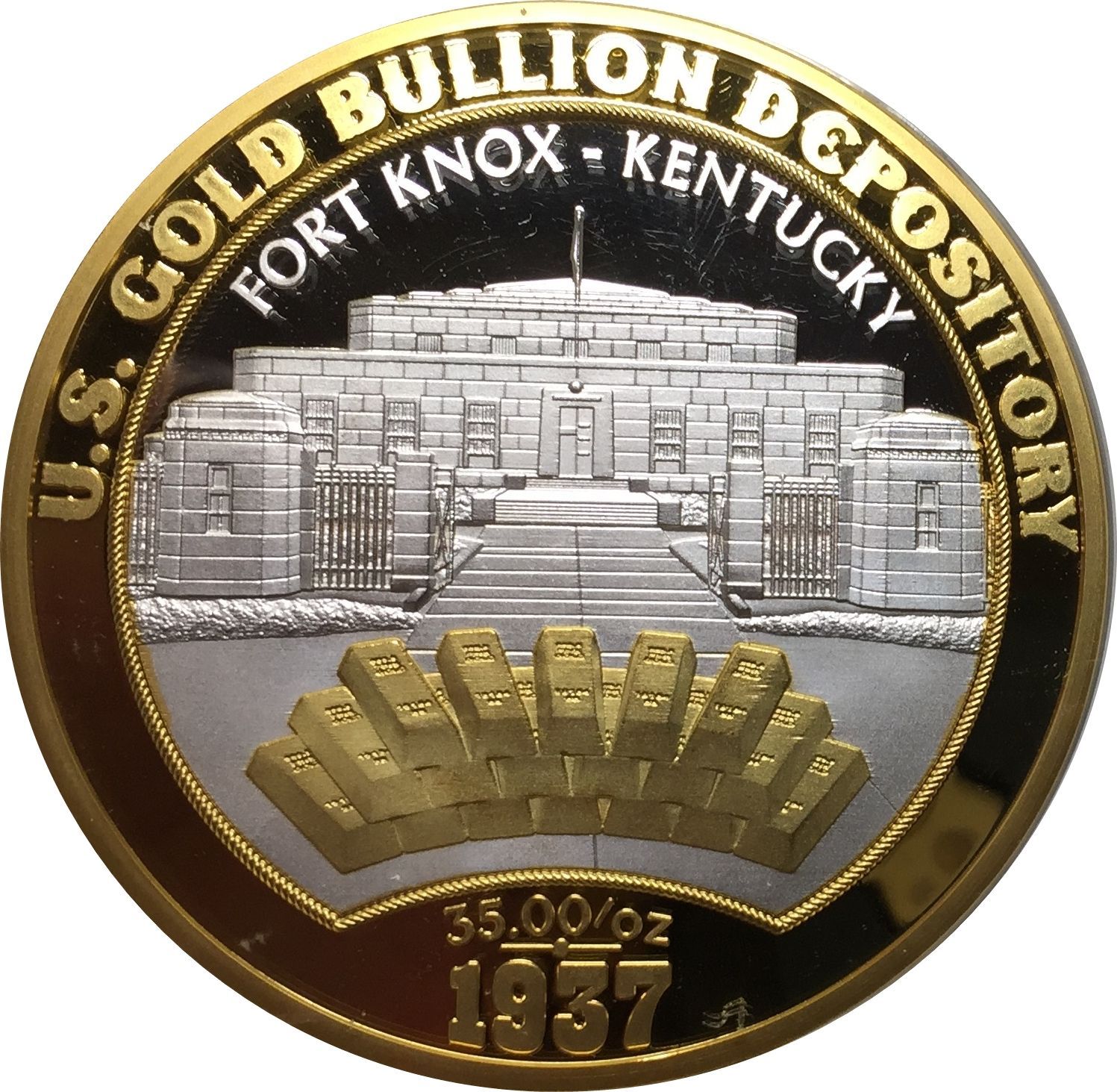
"The United States Bullion Depository at Fort Knox, Kentucky is not a production facility – it stores precious metal bullion reserves for the United States.No visitors are permitted in the facility," the United States Mint says.
Fort Knox Facts
- Amount of present gold holdings: 147.3 million ounces. About half of the Treasury’s stored gold (as well as valuables of other federal agencies) is kept at Fort Knox.
- Highest historic gold holdings: 649.6 million ounces (December 31, 1941).
- The only gold removed has been very small quantities used to test the purity of gold during regularly scheduled audits. Except for these samples, no gold has been transferred to or from the Depository for many years.
- The gold is held as an asset of the United States at book value of $42.22 per ounce.
- Size of a standard gold bar: 7 inches x 3 and 5/8 inches x 1 and 3/4 inches.
- Weight of a standard gold bar: approximately 400 ounces or 27.5 pounds.
- The actual structure and content of the facility is known by only a few, and no one person knows all the procedures to open the vault.
- The first gold arrived at Fort Knox in 1937…by U.S. Mail! View photos of the shipment on the History of the U.S. Mint page.
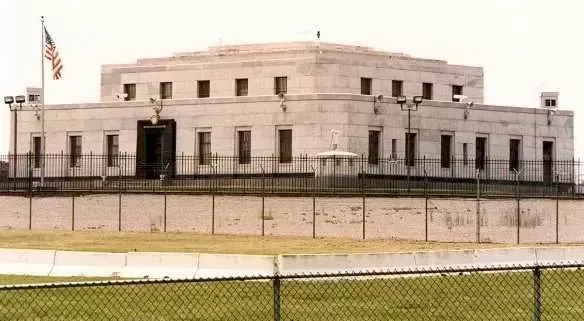
"Fort Knox, major U.S. military reservation in Meade, Hardin, and Bullitt counties, northern Kentucky, U.S. It lies 30 miles (48 km) southwest of Louisville and occupies an area of 172 square miles (445 square km). It was established in 1918 as Camp Knox (named for Major General Henry Knox, first U.S. secretary of war), and it became a permanent military post in 1932," the Britannica says.
"For maximum security, the U.S. Bullion Depository, a solid square bombproof structure with mechanical protective devices, was built there in 1936 to hold the bulk of the nation’s gold reserves. During World War II the gold vault was used as a repository for the original copy of the U.S. Constitution and Declaration of Independence, the Magna Carta, and the original draft of Abraham Lincoln’s Gettysburg Address.
"Since 1940 Fort Knox has been the U.S. Army Armor Headquarters with various training schools; all U.S. Army armored soldiers serve there at least once during their enlistment. Its Patton Museum of Cavalry and Armor displays American Civil War weapons and captured enemy weapons."
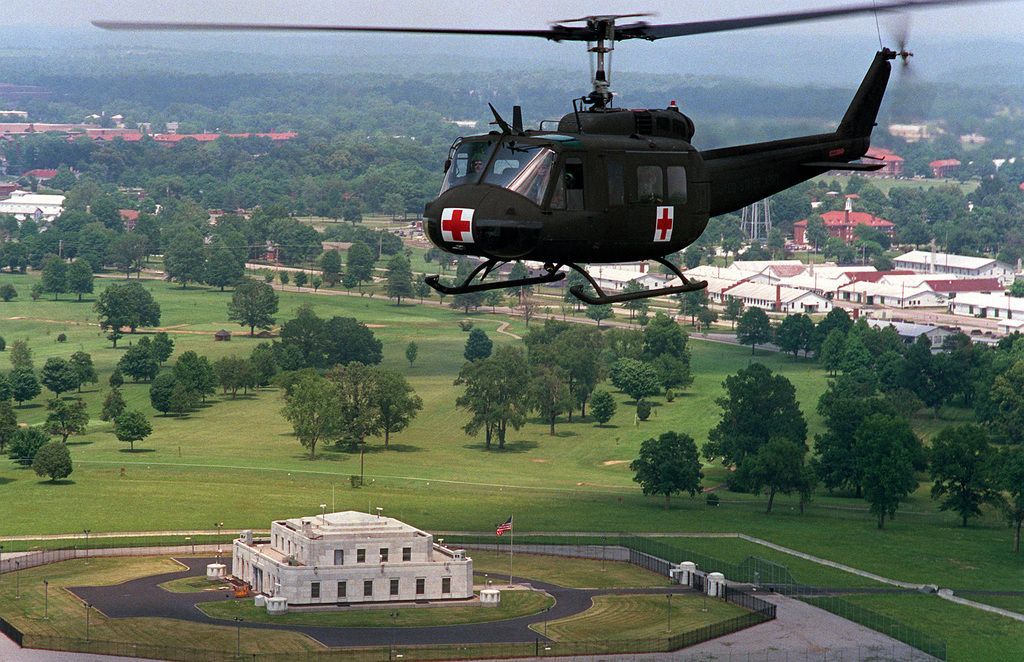
"The United States Bullion Depository at the Fort Knox Military Reservation was built by the Treasury Department to house a major portion of the nation’s gold reserves. “As safe as Fort Knox,” has entered American slang to signify security (to the ultimate degree) of any person, place, or thing. The architect of record is Louis A. Simon, Supervising Architect of the Treasury Department, but Kentucky architect Henry Lawrence Casner most likely designed the stone-clad fortress. Not only was he was an expert in poured concrete Art Deco buildings, but state law required that a state-licensed architect be in charge of all federal projects in Kentucky. The cost of the 1936 building was $560,000," the SAH Archipedia says.
"Constructed of monolithic poured concrete, the Depository is famously secure. Newspapers announced that 4,200 cubic yards of concrete were poured over 750 tons of reinforcing steel and 670 tons of structural steel that was so tightly coiled it was impossible to insert one’s hands between the layers. Due to its classified status there are no photographs or plans of the building interior, but it was described in government publications as having been designed for maximum internal visibility, with a corridor ringing the interior wall and an observation deck between the vault and the interior roof. The vault roof is independent of the building roof. The vault door, the exact materials of which are kept secret, is reported to weigh over 20 tons.
"The above ground portion of the Depository is a fortress like block measuring 105 x 121 x 42 feet; the second story is recessed. Despite the building’s severe restraint, it has moments of Art Deco elegance. The corners of the Depository are chamfered and the entire building is capped by a low, stepped pyramidal roof. The behemoth concrete structure is clad in gray granite and the rectilinear door and window surrounds are recessed. Polished black granite is used for both the base trim and the main portal surround. A wide band of polished black marble frames the portal, with the words “United States Depository” inscribed in gold. The golden seal of the Department of the Treasury rests at the top of the entry door."
"Fort Knox, located in Kentucky, has been a cornerstone of American history since its establishment in 1918. Named after the first Secretary of War, General Henry Knox, the fort has played a crucial role in protecting the nation’s interests," the First National Bullion says.
"The U.S. Bullion Depository, with its massive gold reserves, serves as a symbolic representation of the nation’s economic strength and stability. It showcases the U.S. government’s commitment to preserving its wealth and ensuring the long-term prosperity of its citizens. The presence of such a fortified depository reaffirms the United States’ position as a global economic powerhouse and reinforces investor confidence in the country’s financial instruments.
"The U.S. Bullion Depository at Fort Knox stands as a testament to the importance of preserving wealth, enhancing national security, and instilling confidence in the U.S. economy. With its rich historical legacy, the depository plays a crucial role in safeguarding the nation’s gold reserves, bolstering economic stability, and serving as a symbol of the country’s economic strength. The U.S. Bullion Depository and its iconic Fort Knox facility will continue to hold their prominent place in the nation’s financial landscape for years to come."
"The U.S. Bullion Depository was constructed in 1936 on property set aside by Fort Knox. The Director of the Mint, U.S. Treasury, was placed in charge of the Depository. It received its first shipment of gold in 1937 under the security of 7th Cavalry Brigade," the
Army.mil says.
"In addition to gold, the Depository has stored important documents, including the Declaration of Independence, the U.S. Constitution, the Articles of Confederation, Lincoln's Gettysburg address, Lincoln's second inaugural address, three volumes of the Gutenberg Bible, and the Magna Carta.
"The building is listed on the National Register of Historic Places."
"In 1935, portions of property in Fort Knox military reservation were set aside for use as U.S. Bullion Depository," the Historical Marker Database says.
"Constructed in 1936, it was placed under supervision of Dir. of the Mint, a U.S. Treasury official. First gold brought here by railroad in 1937, and depository continues to be storage site for most of the nation's gold. By law, not open to public visits or tours."
Photos: World's Most Secure Vault: world record in Fort Knox, Kentucky
(2) This graphic shows the amount of gold reserves at Fort Knox, West Point, and Denver. Numbers taken from the U.S. Treasury Fiscal Data website. / Photo: United States Mint
(3) United States Bullion Depository
(4) Wikipedia
(5) The Historical Marker Database
(6) Numista/Medal - History of Gold U.S. gold bullion depository
(7) Quora
(8) PICRYL
Related world records:
|
Alabama world records |
Alaska world records |
Arizona world records |
Arkansas world records |
California world records |
|
Colorado world records |
Connecticut world records |
Delaware world records |
Florida world records|
|Georgia world records | Hawaii world records| Idaho world records| Illinois world records| Indiana world records|
|Iowa world records | Kansas world records| Kentucky world records| Louisiana world records| Maine world records|
| Maryland world records| Massachusetts world records | Michigan world records | Minnesota world records |
| Mississippi world records | Missouri world records | Montana world records | Nebraska world records |
| Nevada world records | New Hampshire world records | New Jersey world records | New Mexico world records |
| New York world records | North Carolina world records | North Dakota world records | Ohio world records |
| Oklahoma world records | Oregon world records | Pennsylvania world records | Rhode Island world records |
| South Carolina world records | South Dakota world records | Tennessee world records | Texas world records |
| Utah world records | Vermont world records | Virginia world records | Washington world records |
| West Virginia world records | Wisconsin world records | Wyoming world records|
| Agriculture world records| Amazing careers world records | Arts world records |
| AMUSEMENT & THEME PARK WORLD RECORDS |
| Biggest world records | Business world records | Books world records | |
| Christmas world records | Collections world records | CATS world records | DOGS world records |
|Drinks world records | | Easter world records | Entertainment world records | FASHION world records |
|
Farming world records |
Fishing world records |
Food world records |
|
Games world records |
Green world records |
Halloween world records |
Hobbies world records|KIDS world records |
| Human Body world records | Internet world records | INVICTUS world records | JUSTICE world records |
| Mass Participation world record | Medical world records |
| Military world records | MEDICAL world records | MUSEUM world records | Modern Society world records |
|
Most Successful world records | Nature world records | New Year world records |
PET world records |
|
Religious world records | Science world records |
Skydiving world records
| Smallest world records | Sport world records | Stunts world records | Strength world records |
| Technology world records | Thanksgiving world records | Travel world records | Transport world records |
| Valentine's Day world records | Youngest world records |
| Weather world records | Wedding world records | WORLD'S FIRST world records |
